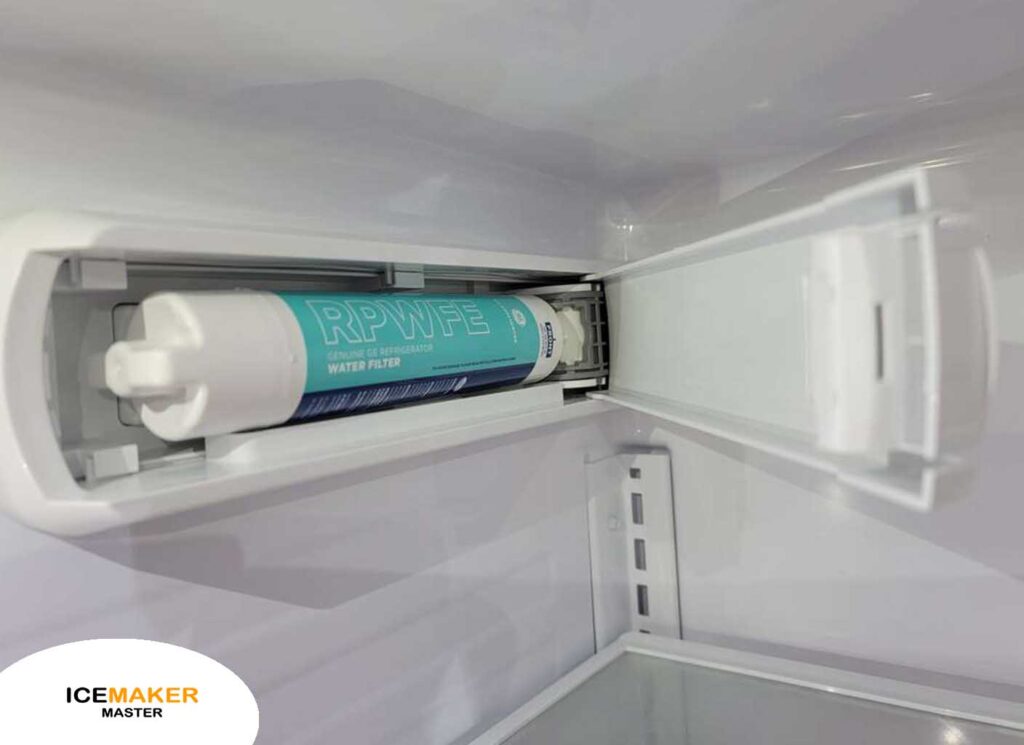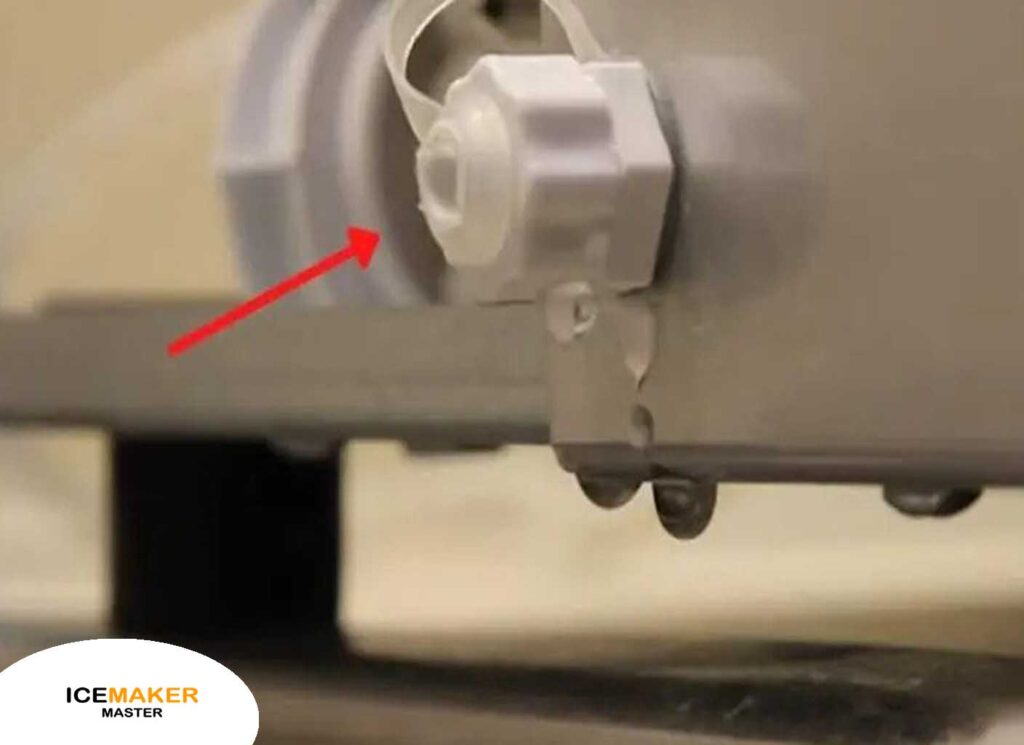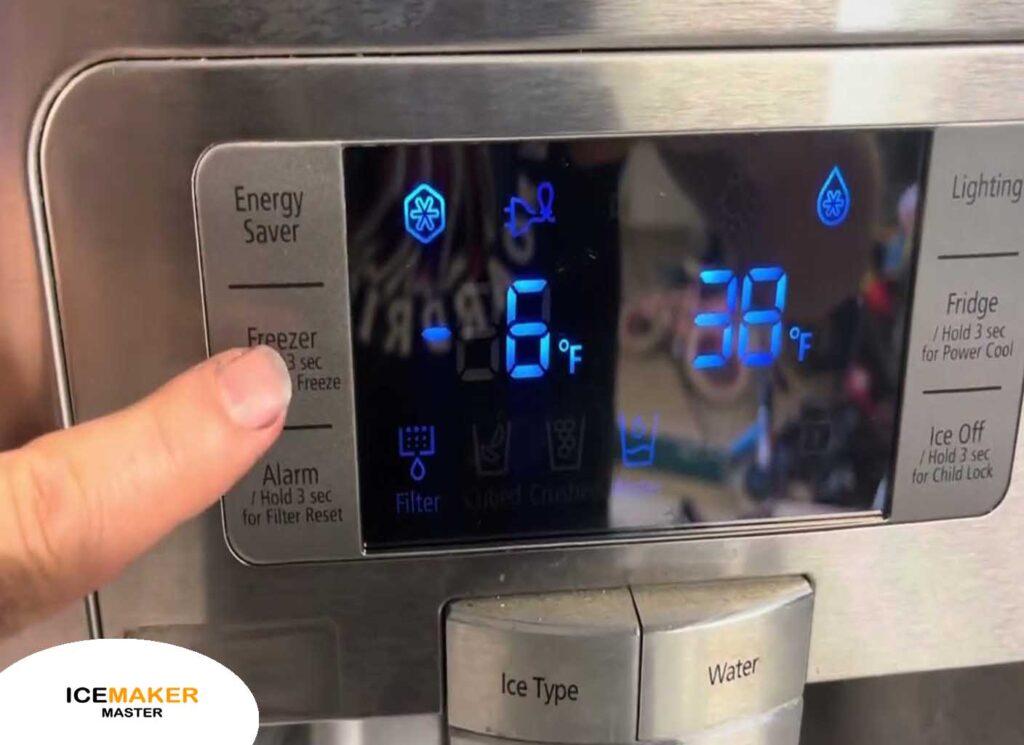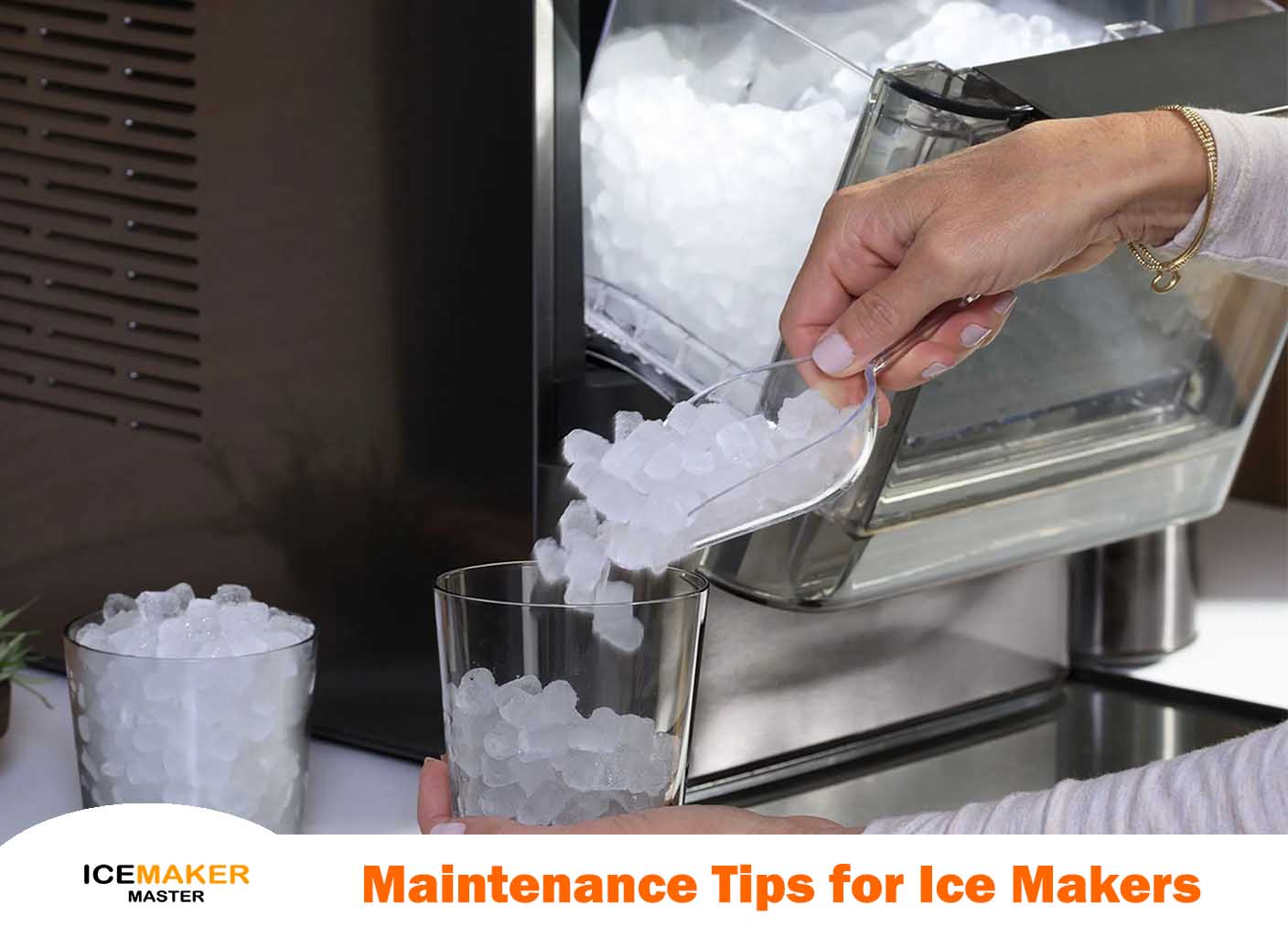Among kitchen appliances, the modest ice maker plays a crucial role that few others can match. Whether it is crafting the perfect cocktail, keeping perishables chilled, or simply providing that refreshing clink in a glass on a hot day, ice makers are the unsung heroes of our daily lives.
However, like any hardworking ally, they require a bit of attention and care to perform at their best. Within the pages of this extensive guide, we immerse ourselves in the nuances of ice maker maintenance, an arena where a few uncomplicated actions can be the deciding factor between a consistent cascade of clear ice cubes and a machine grappling with its ability to remain composed.
There are several steps you can take to maintain your ice maker properly. Just follow the instructions given in this blog and you can maintain your ice maker very well.
Regular Cleaning
Regular cleaning is an essential and crucial step in maintaining an ice maker for optimal performance. Gradually, mineral deposits, mold, and mildew can accumulate within the machine, negatively impacting both the taste and quality of the ice it produces. For proper cleaning of the ice maker just follow the instructions given below:

First and foremost, prioritize safety by turning off and unplugging the ice maker. This precautionary measure disconnects the power source, creating a secure environment for cleaning.
Empty the ice bin completely, discarding any remaining ice. This step sets the stage for a comprehensive cleaning process.
Take out removable parts such as the ice bin, trays, and scoops. Clean these components with mild soap and warm water, ensuring the removal of any residue. Thorough rinsing is essential to eliminate lingering soap.
Sanitize the interior surfaces by using a solution of equal parts water and white vinegar. This mixture effectively wipes away any remaining bacteria or mold, promoting a hygienic environment.
Some ice makers feature a self-cleaning cycle. If applicable, follow the manufacturer’s instructions for this automated process, adding an extra layer of maintenance convenience.
By incorporating these cleaning steps into a routine maintenance schedule, ice maker owners can uphold the machine’s functionality, extend its lifespan, and guarantee the production of clean and high-quality ice.
If you have Opal ice Maker then read here - How To Clean Opal Ice Maker?
Inspect and Replace Filters
Regularly inspecting and replacing the water filter in your ice maker is crucial for maintaining the cleanliness and freshness of the produced ice. Filters act as barriers against impurities in the water, enhancing the taste and quality of the ice cubes.
Following the manufacturer’s recommended replacement schedule, typically every six months as outlined in the user manual is essential. Neglecting timely filter replacements can lead to decreased ice production and compromised ice quality, as the filters may become clogged or ineffective over time.
By prioritizing this simple yet essential maintenance task, users can ensure their ice maker consistently delivers pristine and high-quality ice for an extended period.

Ensure proper ventilation is maintained
Proper ventilation is an important factor in maintaining the optimal performance and longevity of your ice maker. Given that the ice-making process generates heat, unobstructed vents on the unit are essential to facilitate efficient heat dissipation.
Regularly checking for and removing any obstructions is crucial to prevent strain on the machine’s components. Additionally, periodic cleaning of the condenser coils, often located at the back or bottom of the appliance, is vital in preventing dust buildup, which can act as an insulator and compromise heat exchange.
By adhering to these simple yet critical maintenance practices, you not only enhance the efficiency of your ice maker but also significantly extend its overall lifespan, ensuring a reliable and consistent production of ice over time.
To Learn More on Maintaining Proper Ventilation in Ice Maker – Click Here
Check for Leaks and Inspect Water Lines
Vigilant examination of your ice maker for leaks and a thorough inspection of water lines are paramount to preventing potentially serious issues. If the water leaks are left unattended then it can lead to significant problems for your ice maker.
Therefore, it is crucial to routinely inspect the water lines for any indications of wear or damage. If leaks are detected, immediate attention is essential to prevent water damage not only to the unit but also to the surrounding areas. Swift action in such instances involves tightening any loose connections and promptly replacing any water lines that show signs of damage.

This proactive approach not only safeguards the functionality of your ice maker but also helps maintain the integrity of the space it occupies. Regular checks, coupled with immediate repairs when needed, contribute to the long-term reliability and efficiency of your ice maker, ensuring its consistent performance and preventing potential water-related complications.
Ice Level and Ice Bin Check
Monitoring the ice level in the ice bin is a fundamental aspect of maintaining your ice maker’s efficiency. A decline in ice production could be indicative of underlying issues with the ice maker or the water supply. Regularly check for any potential blockages that might be impeding the ice-making process.
If you observe a consistent decrease in ice levels or encounter production issues, it is crucial to refer to the user manual for troubleshooting guidance. The manual often provides valuable insights into common problems and their solutions. If the problem persists, reaching out to customer support is the next step.
Customer support can offer specialized assistance, guiding you through more intricate problem-solving procedures or advising on whether professional service is necessary. Regular checks and timely interventions contribute to the long-term performance and satisfaction derived from your ice maker.
Temperature Monitoring of the Ice Maker
Precision in temperature maintenance is paramount for the optimal quality of ice production. To ensure top-notch ice quality, it is crucial to verify that the ambient temperature surrounding the ice maker aligns with the manufacturer’s specified range.
The manufacturer’s recommendations are designed to create an environment conducive to the ice-making process. If the surrounding temperature deviates from this range, whether it be excessively hot or cold, it can significantly impact the efficiency of the ice maker.
In excessively warm conditions, the machine may struggle to adequately freeze water, leading to diminished ice quality and production rates. Conversely, in overly cold conditions, the ice maker might face challenges in maintaining the necessary temperature for proper ice formation.
Regularly monitoring and maintaining the ambient temperature within the prescribed range not only safeguards the efficiency of the ice-making process but also contributes to the longevity and reliability of the ice maker, ensuring it consistently delivers ice of the highest quality.

FAQ
How often should I clean my ice maker?
I will recommend you to clean your ice maker every three to six months. However, if you notice any signs of mold, mildew, or decreased ice quality, it is advisable to clean it more frequently.
Why is regular cleaning important for ice makers?
Regular cleaning is essential to prevent the buildup of mineral deposits, mold, and mildew, which can affect the taste and quality of the ice. It also ensures the longevity and optimal performance of the ice maker.
When should I replace the water filter in my ice maker?
Check your user manual for the manufacturer’s recommended replacement schedule, typically every six months. Regular replacement ensures that the ice tastes clean and fresh.
Why is ventilation important for ice makers?
Ice makers generate heat during the ice-making process, and proper ventilation is crucial for optimal performance. Adequate ventilation helps dissipate heat and extends the life of the ice maker.
How do I check for water leaks in my ice maker?
Regularly inspect water lines for signs of wear or damage. If leaks are detected, tighten loose connections and replace damaged water lines promptly to prevent water damage to the unit.
Why is monitoring the ambient temperature important for ice makers?
Maintaining the correct temperature is vital for ice quality. Ensure the ambient temperature falls within the manufacturer’s recommended range to optimize the efficiency of the ice-making process.
How can I extend the life of my ice maker?
Regular maintenance, including cleaning, proper ventilation, and timely repairs, can significantly extend the life of your ice maker. Follow the manufacturer’s guidelines for care and maintenance of the ice maker.
Conclusion
Regular maintenance is the crucial element for a dependable and effective ice maker. Integrating straightforward tips into your routine ensures a steady and superior supply of ice for diverse purposes. Consulting your ice maker’s user manual is crucial, as it provides tailored instructions for your specific appliance.
Through diligent care and adherence to guidelines, your ice maker will persistently deliver optimal performance, becoming a reliable companion for your needs over the years. This commitment to proper maintenance not only sustains the quality of the ice produced but also safeguards the longevity and functionality of the appliance, promising years of uninterrupted service.

